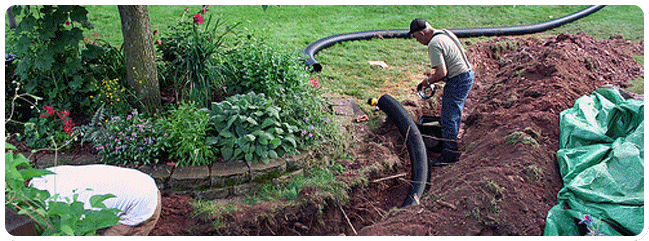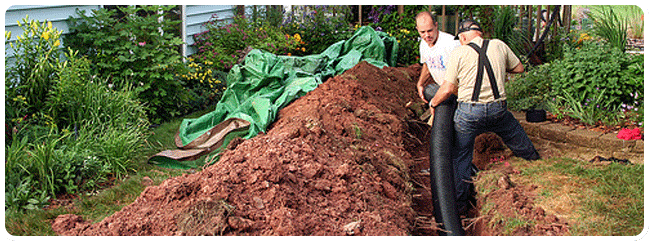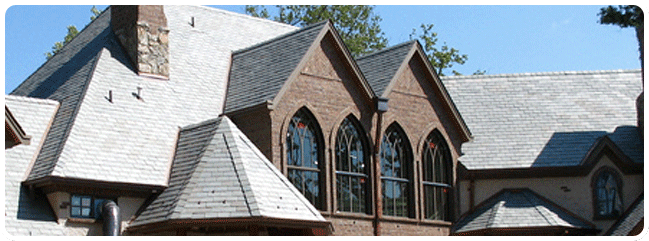Roof eaves are an important feature of any home’s roofing system. They not only add aesthetic value but also provide protection against water damage. In this post, we’ll discuss why roof eaves are important and how they benefit your home. Let’s dive in!

What are eaves?
Eaves are the part of the roof that hangs out over the walls to provide shade to the outside of your house. An eave is formed when the ends of the rafters extend past the outside walls and hang over the side of the house.
Eaves are made up of two main portions: the fascia and the soffit. The fascia is a board that runs around the building horizontally, beneath the eaves, to cover the ends of the roof’s protruding rafters. The soffit is the panelling which forms the underside of the eaves. Source: Build
What do they do?
Eaves define the style of a home, but they also have a major function. Eaves can protect the siding and foundation of a structure. A roof’s eaves protruding beyond the sides allow snow and rain to fall from the roof away from the siding and to the ground. The further that the “weather” gets thrown away from the house, the more likely you’ll have a dry basement, too.
In hot climates and depending on the roof’s pitch, long or wide eaves on a properly positioned home can provide a sunshade for interior spaces. Eaves also provide an unobtrusive location for security cameras and lights when they are attached to the soffits.
Is it connected to the word “eavesdrop?”
Centuries ago, the word “eavesdrop” defined the perimeter around the house under the eaves where water fell from during a rainstorm. It was said that any person standing on the eavesdrop line of a home could hear conversations inside the home. A person who stood on the eavesdrop perimeter line was eventually called an eavesdropper. Source: TheSpruce
What are its types?
Typically, architects and home builders will use any of these four basic types of eaves:
– Abbreviated eaves: An abbreviated eave is cut at a 90-degree angle, so there is little to no roof overhang.
– Boxed eaves: In addition to a soffit, boxed eaves are enclosed with one or multiple layers of ornamental molding.
– Closed eaves: A closed eave has a soffit that encloses the underside of the eaves.
– Open eaves: An open eave or exposed eave has no soffit, leaving an open underside and exposed roof rafters. Source: TodaysHomeowners
We hope this post has provided you with valuable insights into the significance of roof eaves and their role in protecting your home. If you have any concerns about your roofing system, whether it’s related to roof eaves or any other aspect, don’t hesitate to give us a call.
Contact:
Kerrisdale Roofing & Drains
168 W 71st Ave, Vancouver, BC V5X 4S7
(604) 360-2114



















